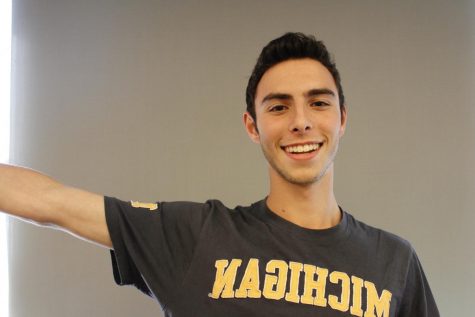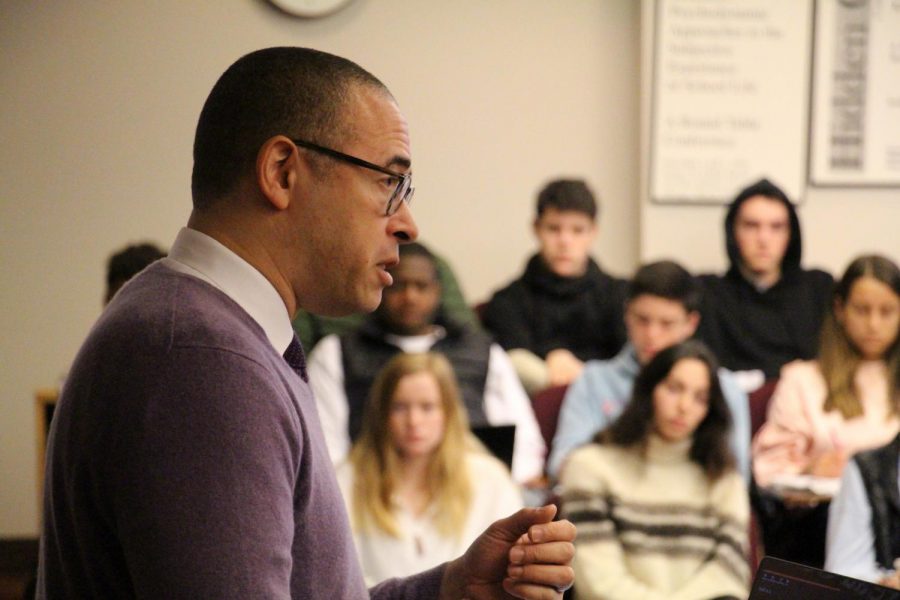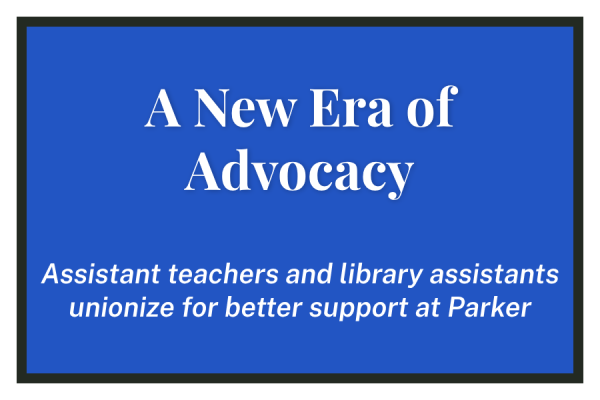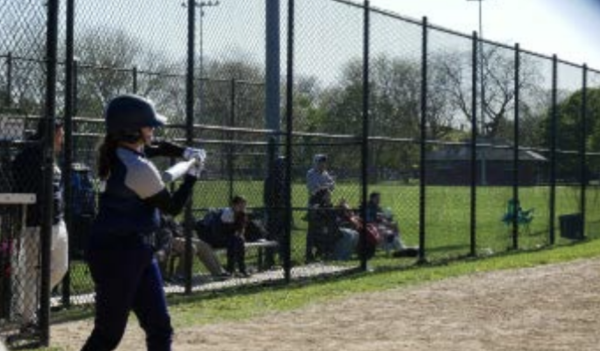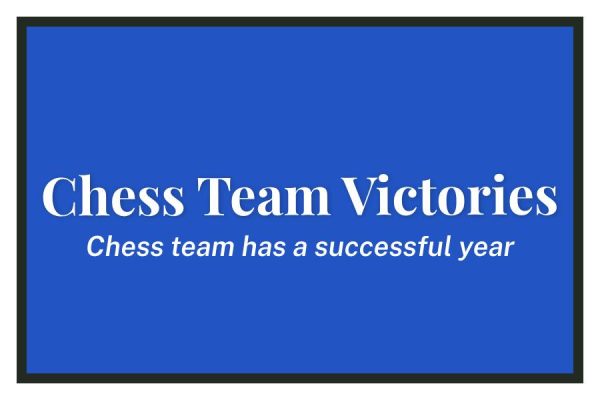Dr. Holloway Speaks to Juniors About Reconstruction
NU Provost Adds Emotional Element to Curriculum Through Primary Sources
Dr. Jonathan Holloway lectures students in the Harris Center as part of their American History Curriculum. Photo courtesy of Nick Saracino.
Jonathan Holloway, Ph.D.—Parker parent emeritus, Provost at Northwestern University, and former history professor at Yale University—delivered a presentation about the Reconstruction Era, the 12-year attempted reunification period after the Civil War, for the junior class in the Harris Center, on Wednesday, January 17. Holloway condensed three two-hour college lectures for attendees including footage from D.W. Griffith’s controversial 1915 film “The Birth of a Nation” and a recording of the iconoclastic anti-racism song “Strange Fruit” by Billie Holliday.
Holloway’s lecture provided students and teachers with additional insight into the era through primary sources, which provided emotional context to the student attendees—helping them form a more complete picture of the transformative epoch.
Bigelow will adjust his curriculum to include some of the primary sources that Holloway showed in his presentation. “As a result of it, I will use clips from ‘The Birth of a Nation,’” Bigelow said. “Even though it came out in 1915, it describes southern sentiment about Reconstruction at the time period and later on. It’s important for students to understand that films that were created reinforced this horrific stereotype that the freedmen can’t handle freedom.”
Holloway also used primary sources that Bigelow has utilized in his own curriculum, including “Strange Fruit.” “I’ve known about it and heard it before,” junior Wilson Cedillo, a member of Bigelow’s US History class, said, “but for him to start off with that made the presentation more emotional.”
After playing “Strange Fruit,” Holloway compared and contrasted sharecropping and slavery, the legacy with which he had to grapple at Yale University where he served as the dean of the undergraduate college—which was named after slave trader Elihu Yale—and before that, Master of Calhoun College, a college named after slavery advocate and Yale alumnus Vice President John C. Calhoun.
After his appointment as head of the residential college, Holloway received a message in favor of changing the name of the building. “I was opposed to it,” Holloway said. “I was opposed to it not because I liked John C. Calhoun—I didn’t like him at all, he wouldn’t have liked me—but, in my way of thinking, Yale made this horrific decision in the mid-1930s. If Yale decided to change the name, they would pat themselves on the back for being progressive and the fact that it had been named Calhoun would have faded away. What I suggested instead is that we need to talk about this decision. My response was not to keep the name there and walk away from it but to keep the name there and talk about it. As a historian, this is the stuff I work with all the time and that kind of nuance I teach all the time.”
Bigelow too does not neglect nuance in his history class, particularly in discussing Abraham Lincoln, whose views on black advancement were complicated. “He was probably what, in our contemporary sensibilities, consider racist,” Holloway said about Lincoln. “Abolitionists’ notions of black possibility were all over the map.”
In his hour-and-twenty-minute-long presentation, Holloway did not shy away from nuance and sensitive content, which included white supremacist propaganda from the Reconstruction Era. “He is the ultimate historian,” Bigelow said about Holloway. “He has earned the ability through his research and reputation to use materials like that. I would have to be very careful with high school students. I felt it was okay given the fact that we’re respecting him as an expert in the field and the kids have had enough background information to have him show them to us. Second semester I’ll be using some of those pieces, but fewer and there will be many more trigger warnings. He has more leeway because this is his expertise, and he is using this to demonstrate how horrific and how racially charged the South was. I want to do the same thing, but I don’t have his reputation or his strength to be able to just do that.”
Holloway’s use of propaganda, which included caricatures of African-Americans designed to instill fear in the South by white supremacist groups, helped junior Cedillo better understand this particularly racially charged period of US history.
When Bigelow reached out to Holloway, whom he knew from Holloway’s visit to his Civil Rights class when Holloway’s daughter Emerson Holloway ‘18 attended Parker, about presenting to the junior class, he anticipated the appreciation for primary sources that Cedillo experienced. “Hopefully, this will be a tradition at the end of every first semester,” Bigelow said. “He’ll be talking to the juniors, setting the stage for second semester.”
